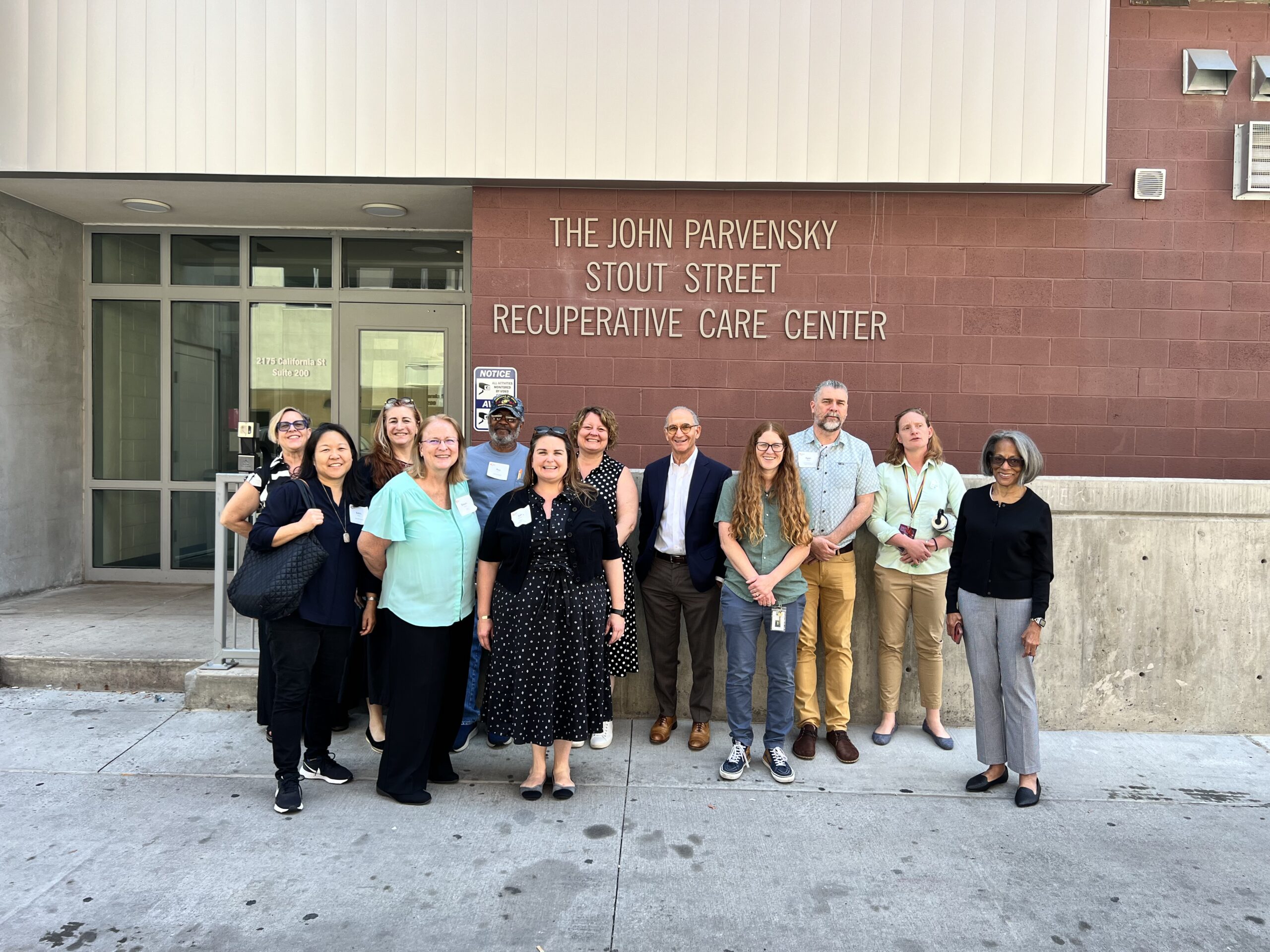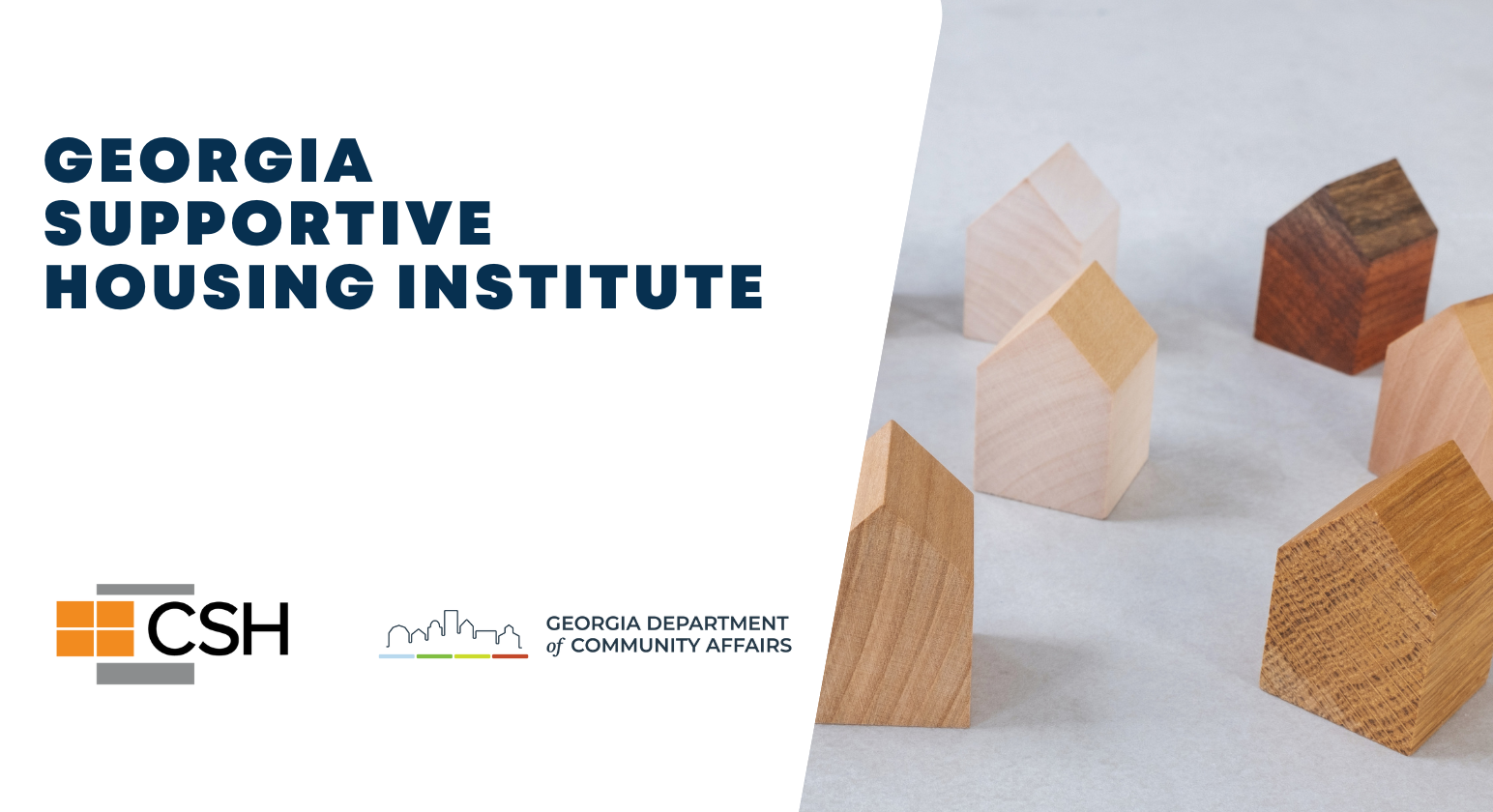Executive Summary and Background on NYC Housing Landscape
As American communities balance state and local budgets, residents are making the connection between strong community-based investments and improvements in public safety. In 2022, during the first months of the Eric Adams’ mayoral administration, the largest-known survey of NYC residents found that residents saw affordable housing and reducing homelessness as key to public safety.[1] Providing evidence in support of this conclusion is Columbia University’s Frequent User Systems Engagement (FUSE) 10-Year Follow-up Report. This report is a critical, data-driven analysis showing that supportive housing is a cost-effective solution that helps reduce the utilization of local jails, prisons, and other crisis systems like emergency rooms and temporary shelters. As the first 10-year longitudinal study of supportive housing ever conducted, this report offers an unprecedented opportunity to examine the value of investments in supportive housing and its long-term impact on crisis systems and communities.
The NYC FUSE initiative began in 2008 through a collaborative effort between Columbia University, Corporation for Supportive Housing, NYC Department of Corrections, and NYC Department of Homeless Services. Researchers identified approximately 160 individuals with multiple episodes of incarceration and homelessness and connected them with supportive housing. Researchers followed participants over 24 months. The study found that these individuals remained stably housed and reduced their interactions with the justice system when supportive housing was used as an intervention. The FUSE report also identified significant taxpayer savings realized through reduced interactions with emergency services. A closely matched comparison group of similar individuals were also tracked as part of this study.The recently completed FUSE 10-year follow-up report confirmed that supportive housing, which combines affordable housing with voluntary, individualized services, continues these benefits in the long term. This follow-up study found that at least $45M in public expenditures on jail and shelter alone could have been saved within five years, had all persons with similar complex histories of homelessness and incarceration accessed supportive housing. This is a conservative estimate of total cost savings as it does not include additional savings associated with avoidable crisis care, medical and behavioral health services. During the original FUSE evaluation, this was a major driver of cost savings for publicly funded services.
The FUSE Long Term Study includes two components
- Quantitative (completed): Research focused on understanding FUSE participants’ journeys over the last decade through analyzing reincarcerations, shelter entries, and hospital admissions and the averted costs from crisis systems that the supportive housing intervention provided.
- Qualitative (upcoming) – Personal interviews of FUSE participants to capture the overall wellbeing across multiple domains, including family and social support, employment, community engagement, physical and mental health, and quality of life.
The first phase of the FUSE Long Term study shows how stable housing is a critical component of successful community re-entry, not simply in the short term but over people’s lives.
- FUSE program participants spent 256 fewer days in shelter than members of the matched comparison group (statistically significant), as well as having fewer episodes of shelter admission.
- Controlling for a range of variables known to predict reincarceration, FUSE program participants spent an average of 95 fewer days in jail, which was also statistically significant.
- A trajectory analysis examining patterns over time found that despite people in both the intervention and comparison groups having similarly intense histories of incarceration and shelter use, post-intervention, the largest group of FUSE program participants (63%) had no jail or shelter experience after an early period of limited shelter stays. Post-FUSE enrollment cycling between jail and shelter is absent, except for a small percentage of enrollees (13%). In contrast, the large majority of comparison group members have life patterns that include multiple jail episodes (63%), including one subgroup where incarceration dominates throughout follow-up.
New York has the most sophisticated financing structure to incentivize supportive housing development in the nation, and this may explain some of the FUSE longitudinal results.
- Examining year-by-year comparisons of days spent in shelter or jail, there were fewer differences between individuals placed in FUSE housing and comparison group members over time. A likely reason was that increasing numbers of the comparison group became permanently housed and received associated benefits based on existing or additional system-level resources for supportive housing.
- Supportive housing resources in New York City have only increased over the past decade. Both New York State and NYC lead the nation in having dedicated, coordinated funding for supportive housing’s three required funding streams: capital, ongoing operations, and ongoing services. New York State’s Empire State Supportive Housing Initiative (ESSHI) represents the state’s commitment to building 20,000 supportive housing units over 15 years. NYC’s 15/15 is NYC’s commitment to building 15,000 supportive housing units over 15 years.
Where FUSE is today in NYC
Based on the positive results of FUSE, NYC developed a similar program called Justice Involved Supportive Housing (JISH) program, overseen by the Department of Mental Health and Hygiene (DOHMH). JISH currently operates 120 supportive housing units spread across three different service providers and represents the only supportive housing dedicated for people leaving the Rikers Jail. A 2022 CSH analysis[2] showed more than 2,500 people held at Rikers in a given year need access to supportive housing. DOHMH released a 2019 RFP to expand the number of JISH apartments to 500 units as part of the Points of Agreement[3] to close Rikers Island jail. According to current JISH providers that CSH has engaged over the last few years, the service rates are so low in the RFP (over $10,000 less than what NYC 15/15 pays providers to support similar populations) that they have elected to not submit applications under the new RFP. Further, there have been no other serious bids made on this RFP[4]. The New York City Council has requested JISH be expanded as part of the 2022 and 2023 City budget negotiations but the expansion of JISH was not included in the final and most recent budget.
This analysis tells the story of recovery. The FUSE 10-Year Follow-Up Report demonstrates that providing safe housing and voluntary support services provides the basics of the Maslow Hierarchy of Needs for people struggling with mental illness, homelessness, and justice system involvement. Supportive housing as an intervention is effective in helping these people find stability and grounding within their community. NYC and other communities across the country should take note of FUSE’s powerful impact on public safety, reductions in crisis system utilization, and housing stability.
[1] Largest-known NYC survey finds affordable housing, reducing homelessness seen as keys to public safety – Gothamist
[2] For more information on the supportive housing needs for Rikers Jail, see CSH’s 2022 report: https://www.csh.org/resources/reduce-homelessness-for-people-impacted-by-the-criminal-legal-system/
[3] For more information on the Points of Agreement, see this website: BBJ_Points_of_Agreement_Rikers.pdf (nyc.gov)
[4] Some DOHMH JISH funding has been earmarked for an important Fortune Society-led Bronx supportive housing development Just Home that will service people coming out of incarceration who are medically complex. For more information on this project, see Fortune Society’s press release: https://fortunesociety.org/media_center/new-housing-for-formerly-incarcerated-people/




